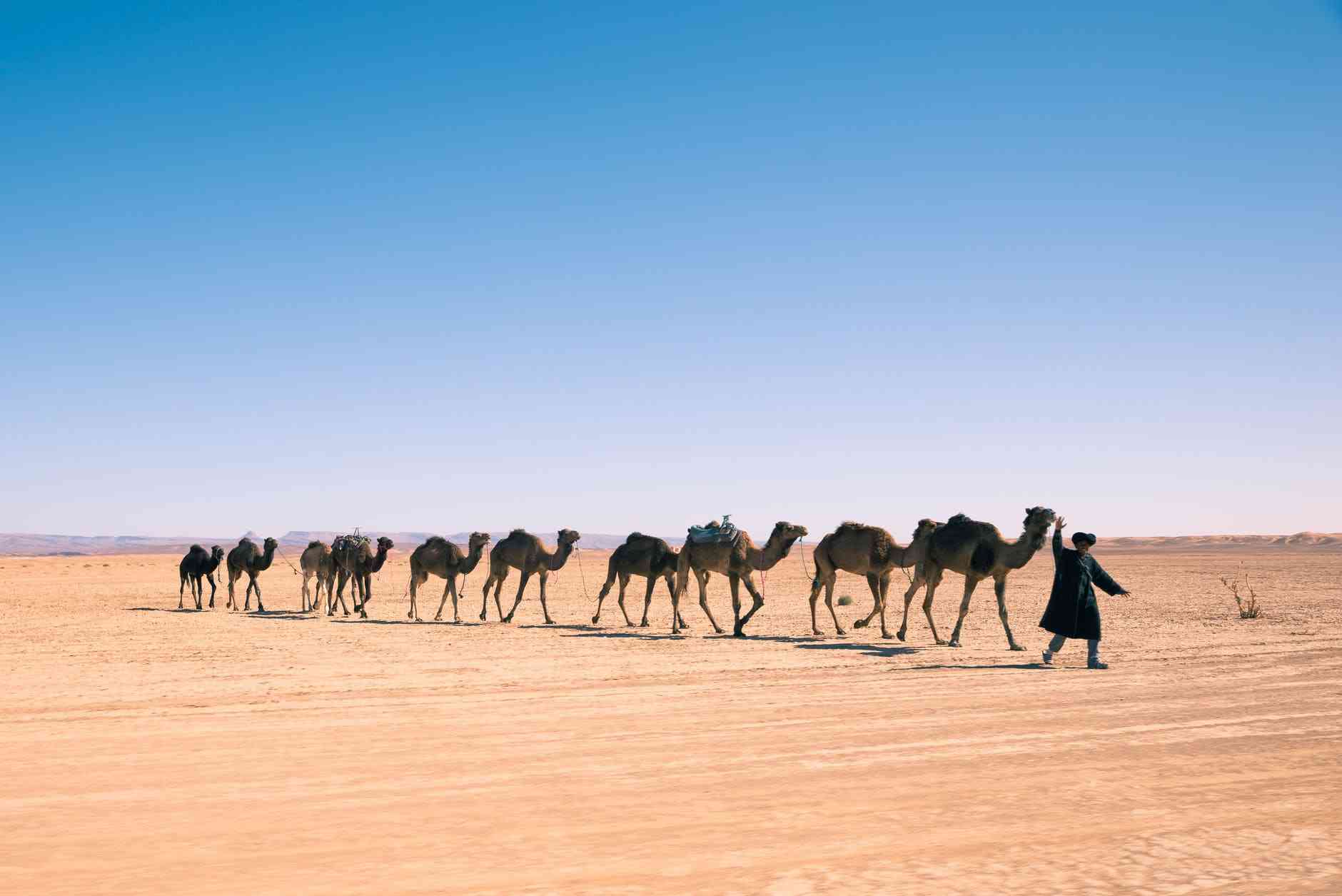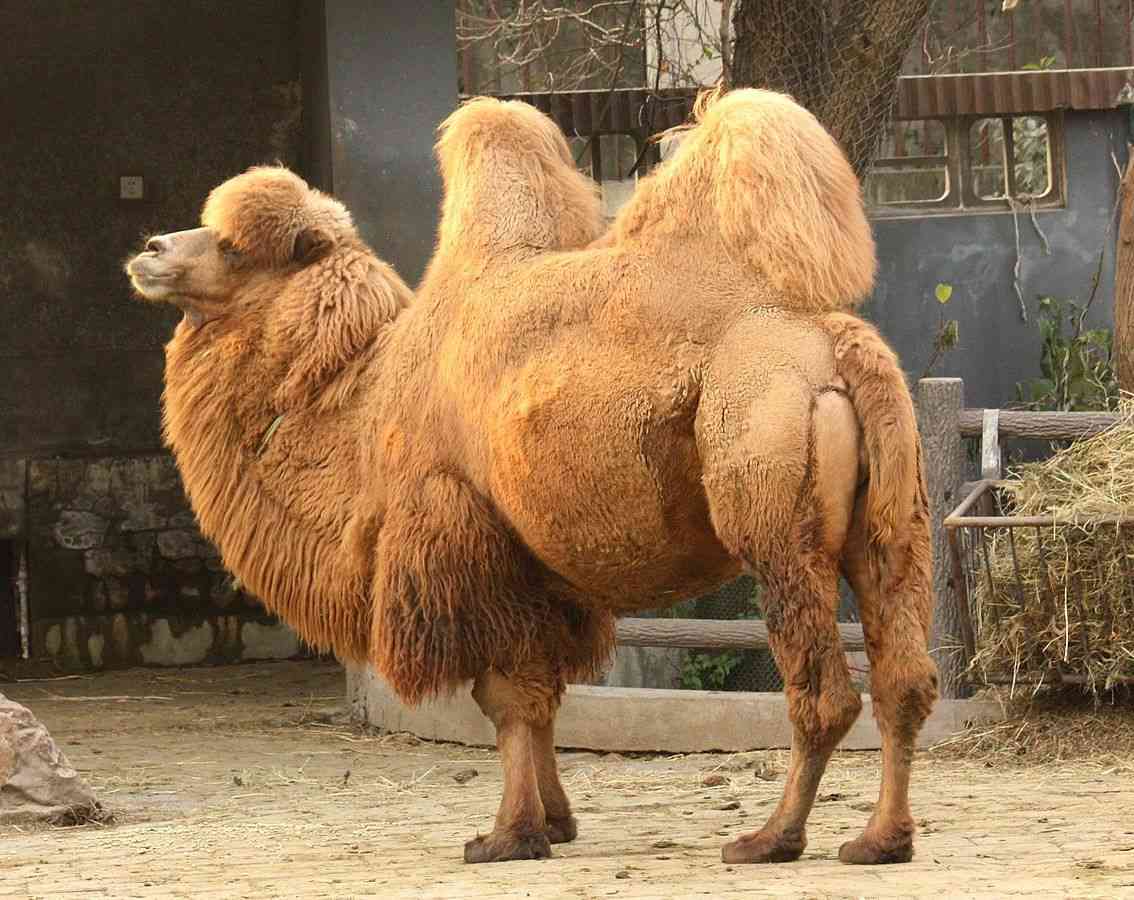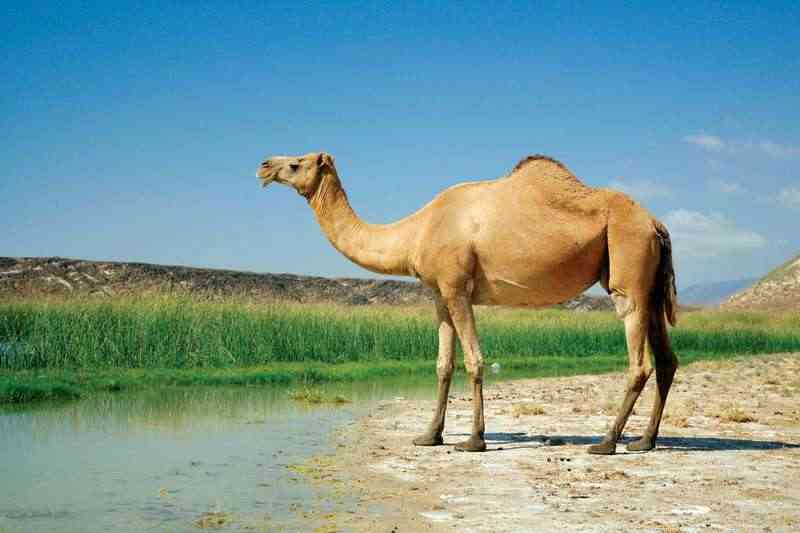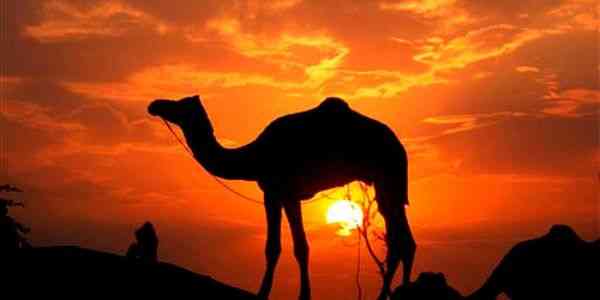The camels in called the ship of the desert. Since hundreds of years camels are using as a vehicle to cross the hot sands of the desert. They stay healthy for a long time without food and water to reach their destination by crossing the inaccessible desert. They can carry a lot of goods on their back. They can survive in 53 degree or more heat and -1 degree winter. Camels are one of the extraordinary design animals in the world. Camels are a wonder of nature.
There are three surviving species of camels and they are Dromedary, Bactrian Camel and Wild Bactrian Camel. Dromedary camels has only one hump and maximum of the camel in the world is one humped. Bactrian camel has two humps and the number of the camels is low. Wild Bactrian camels are separate species which in now critically endangered. The average lifespan of a camel is 40 to 50 years. [1]
Camels are also known for their humps and many people believe that camels can store water in their humps so that they can drink water in later time. Actually, camels are fatty tissue in their humps and they don’t store water. It works as a storehouse of camel food. If there is scarce of food, they take food from there.

Why they store fatty tissue in their humps not their whole body?
Camels store fatty tissue in their humps. Why they don't store fatty tissue over all their body? The reason is that fat does not stay in their whole body because of the thermal insulating properties of fat. If the fat were spread in the whole camel’s body, heat would be trapped inside their body which is generated inside them in the hot desert weather. As a result, camels would be die. On the contrary, the Whale’s body are surrounded by fatty tissue so that the cool heat in the sea can’t stop the metabolic process inside the whale. [2]
Importance of humps:
The hump helps a camel to survive long time (up to two weeks) without food and water. Typically, camels live in desert where it’s hard to find out food source. When a camel can’t eat anything for long time, it’s body can metabolize the fat in the humps for nutrition. In the hot desert weather, the camel’s hump help the animal to regulate it’s body temperature. When temperature becomes high in the desert, then the camel’s body temperature increases. But a camel can minimize heat insulation throughout the whole body by using fatty tissue in humps. At night, the extra heat spread through the whole body so that a camel body temperature becomes warm when the temperature is cooler. The camel’s humps become deflate and loose, if they stay long time without food but it became normal after eating proper food and water. [3]

Where they store water?
Actually camels don’t store water in their humps. They store water in their blood cell and some other parts of the body. A camel can drink large amount of water (up to 30 gallons). The blood cell of a camel is oval and this blood cell makes barrier to enter water in the blood of a camel. As a result, when a camel drinks excessive water, the cell membrane of the red blood cell doesn’t break down.[3]
Camels are able to avoid dehydration which can kill most other animals. They are very frugal. They urinate very little. Many mammals in hot desert, consume more water for breathing while camels consume lower water. Most of the mammals sweat much more in the hot temperature but camels sweat very low.[4]

A camel's humps are so important to survive in a rugged environment like a desert. If these features were not present in the camel, it would not be possible for a camel to survive in the hot temperature like desert.
Reference :
[1]. https://en.wikipedia.org/wiki/Camel
[3]. https://www.britannica.com/story/do-camels-store-water-in-their-humps
[4]. https://www.kalerkantho.com/print-edition/oboshore/2017/01/07/449581


